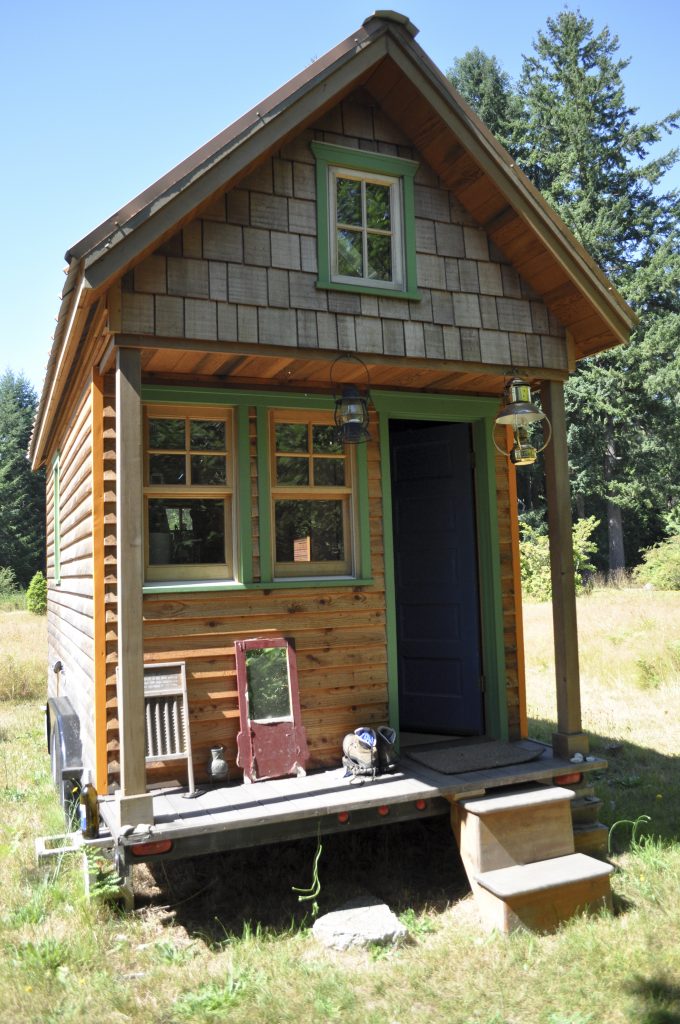Environmentally savvy? Are you willing to join the Tiny Home movement? The Tiny Home trend is a social movement where people choose to downsize their living space. You’ll never misplace things again.
The typical American home is around 2,600 square feet, whereas the typical small or tiny house is between 100 and 400 square feet. Tiny houses come in all shapes, sizes, and forms, but they enable simpler living in a smaller, more efficient space.
People are downsizing because of environmental concerns, financial concerns, and the desire for more time and freedom. Expect more people might decide to build tiny in the not-too-distant future.

A recent study by EcoBuilding Pulse identifies states that don’t micro-manage miniature home building. Based on an unweighted system awarding points for opportunities to easily live tiny, the top five states are California, Oregon, Texas, North Carolina and Florida.
Not only is new small in California, but many of the century-old beach bungalows are tiny.
To determine the ranking, they examined each state for key indications that it would be a welcome place to build or live in a tiny house (meaning homes under 600 square-feet or Accessory Dwelling Units). They assigned points (unweighted) to each state based on six categories that would make it a bit easier to build and/or live in a tiny house in that state, and totaled them to identify the top states.
Point Categories include:
- Permitting or zoning opportunities for RVs, ADUs, Mobile Homes, or other homes without a minimum square-footage or a minimum below 600 square-feet.
- Prevalence of codes, ordinances or laws that make it a bit easier to find nearby places to live in a tiny house.
- The availability of resources (such as a government website or guide) outlining options for living in a tiny house within that state.
- The number of tiny house-specific communities located in that state (one point for each).
- The number of towns in the state specifically advertising online that they welcome tiny homes (one point each).
- The number of large-scale RV parks that allow tiny homes without being specific to any particular kind of mobile home or tiny house for an extended period of time.
- How many builders in the state focus on tiny homes or Accessory Dwelling Units (ADUs)?
- How many architects advertise a focus on tiny house design?
It’s no surprise that California, with its runaway real estate prices, is the top step. They have a bounty of resources and an obvious focus on the tiny house trend. A large amount of builders advertise that they build fully livable, stationary small homes. Although Texas and Florida also made the top five based on this system, research showed that there are still many places in both states that have made it illegal or impossible to live in an ADU or below a larger square footage.
If you live in a tiny home, you’ll never forget where you put anything again.